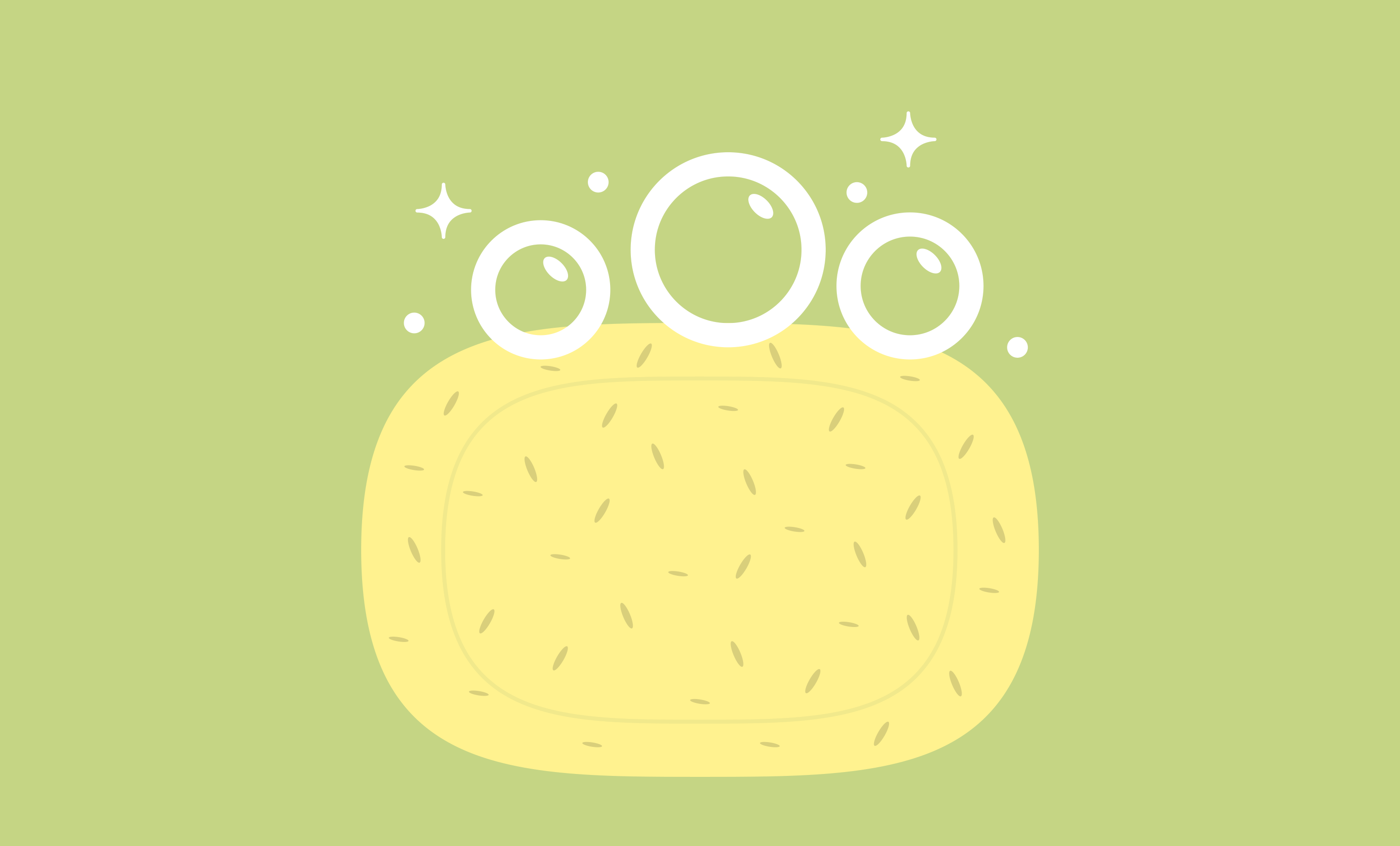
Now is the time to save money, stay home, take on hobbies and find new ways of passing time. How about making your own 100% natural homemade soap? Soap is an essential everyday-use item as it fights against bacteria and kills most germs. It can be found in numerous products, including shampoo, bubble bath and deodorants.
Traditional soap (usually developed from accessible oils and fats) is found in stores across the globe and is usually filled with harmful chemicals, coloring agents, and additives you’ve never even heard of. Skip the toxins and cancer risk and make your own 100% natural soap at home.
DIFFERENT PROCESSES
Techniques for making natural soap include the melt and pour, hot process and cold or regular process. The cold or regular process soap technique involves mixing the soap with oil and then pouring the mixture into mini or regular size soap molds.
It’s best to use the melt and pour technique so you can avoid using lye, a caustic chemical also known as sodium hydroxide. It is a big concern for most people that make all-natural soap because it’s difficult to handle, can burn your skin and can be dangerous in many other ways.
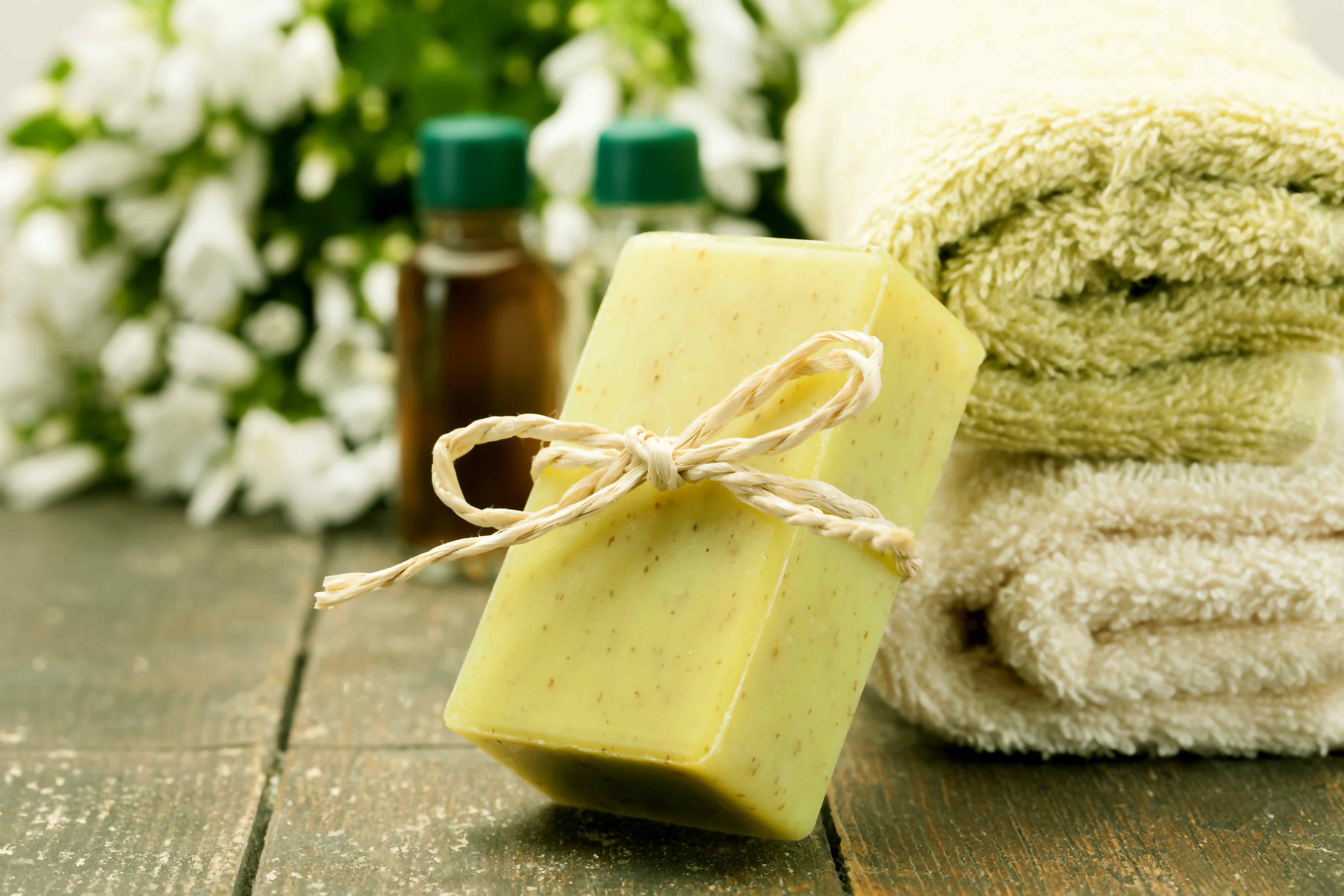
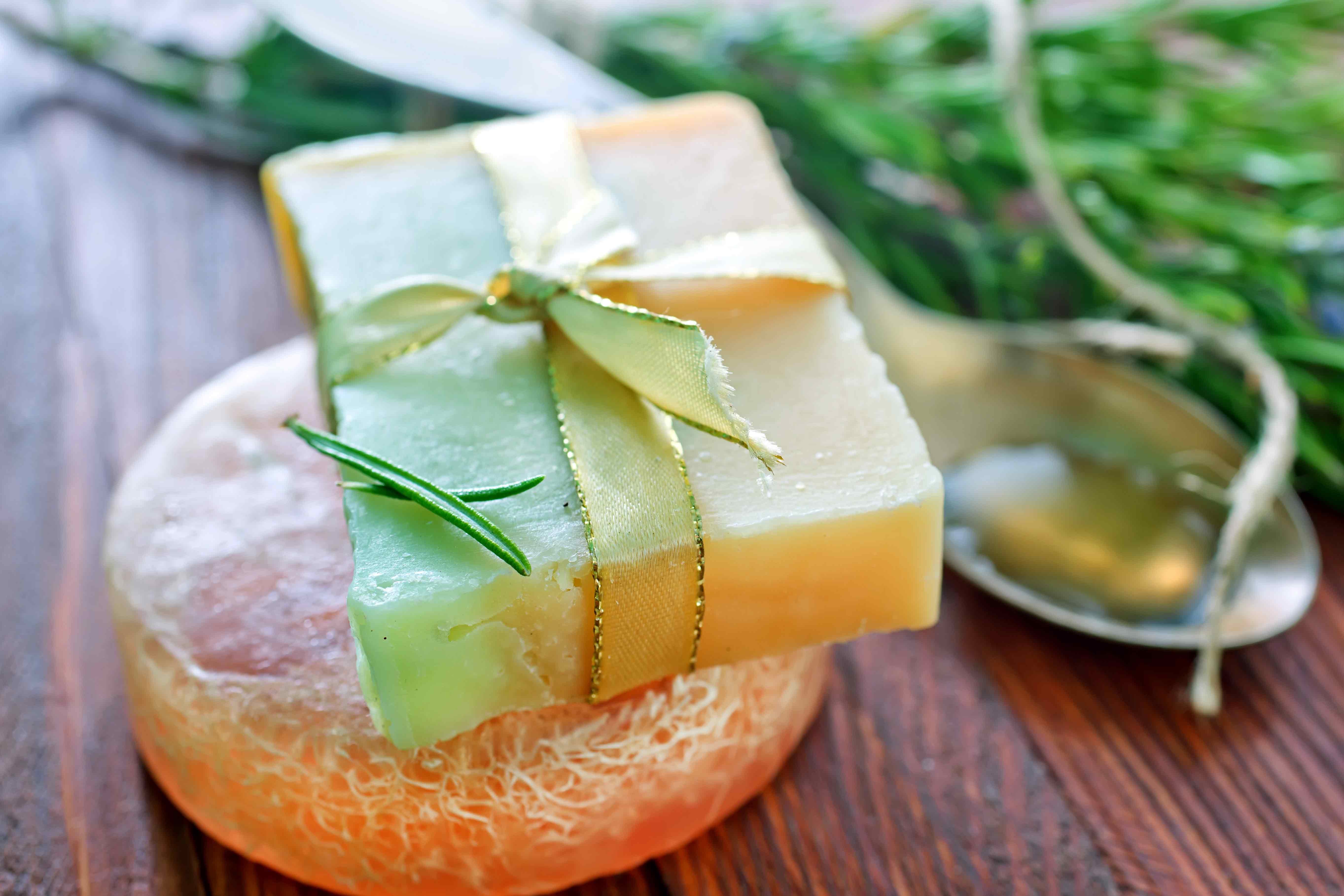
EASY, SAFE MELT & POUR METHOD
If you want to get started with soap making, try the simple method of melting and pouring your mix. Start by choosing a pre-made base. In a pre-made base, saponification has already occurred. Saponification is the process of transforming oil and fats into alcohol and soap by heating it with aqueous alkali. (Such as dangerous lye).
CHOOSE A NATURAL SOAP BASE
You can choose from a variety of natural soap pre-made bases, including cocoa butter, olive oil, coconut oil, aloe vera, honey, goats milk, oatmeal, shea butter, sunflower oil, and avocado oil.
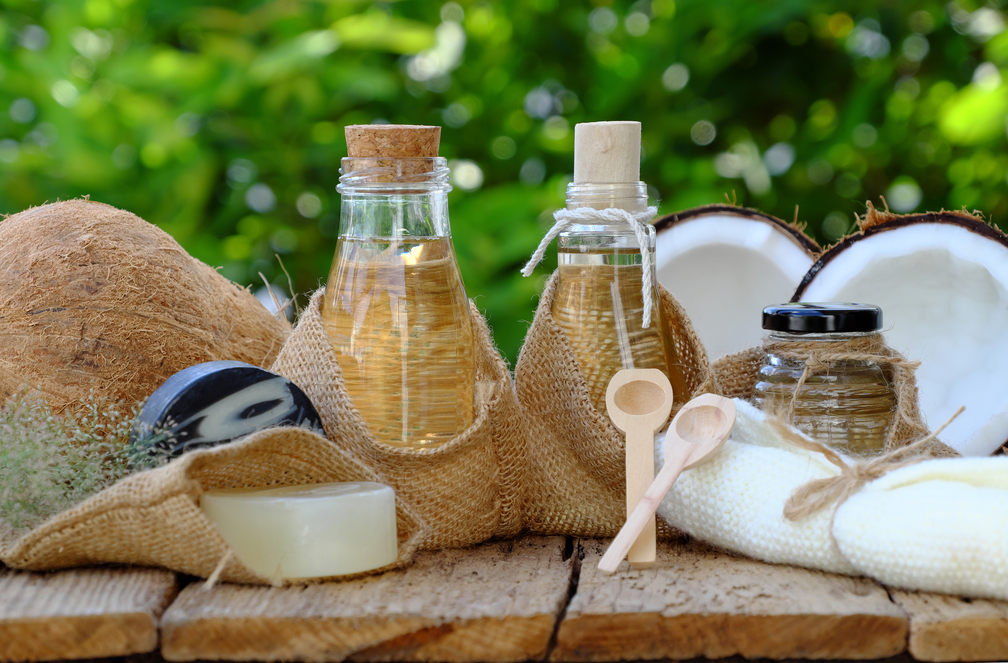
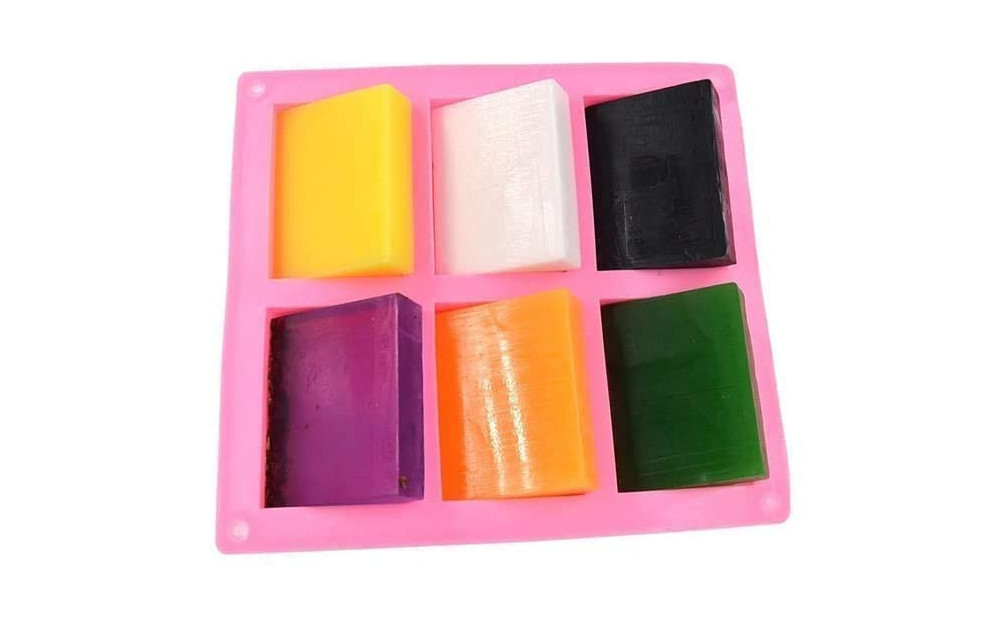
JUST A FEW SIMPLE STEPS
All you need to do to get started is to melt your pre-made base. Add colour by using spirulina instead of harmful colouring agents. Use herbs and essential oils for the scent of your soap as they can also be beneficial to overall health. Add any exfoliation ingredients you may want to use such as crushed flowers, salts, oats, or coffee grinds.
You can choose regular silicone soap molds or even use a muffin tray if you don’t want to purchase a mold. (Feel free to get the kids on board with this easy soak making project and make all sorts of shapes and sizes.) Pour the mix into your soap mold and voila! Wait for your 100% natural soap to set and use!
![Jodi MacKinnon (QFG) [MACJOD]](https://prodqf-1f5f9.kxcdn.com/web/image/res.partner/209/image_256/Jodi%20MacKinnon%20%28QFG%29%20%5BMACJOD%5D?unique=d8a9b20)






